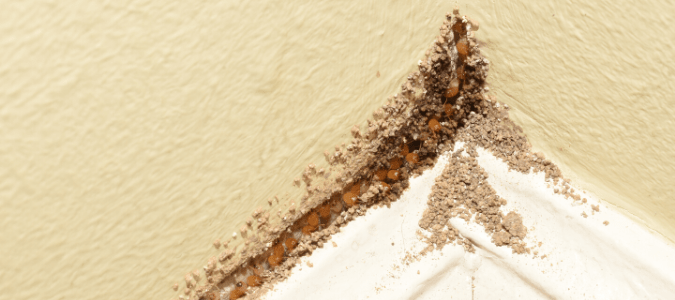
If you believe you have a termite infestation, you may be wondering what materials a termite will eat. One of the questions that may be running through your head is: do termites eat drywall? Termites live off a diet of cellulose, which is an organic material that can be found in all living and once-living things, including trees, plants and grass. While termites prefer a diet of the cellulose in wood, they are absolutely willing to chew through other objects that contain cellulose to fill themselves up. For example, termites can and will chew through all kinds of building materials, including soil, sheetrock and, yes, drywall.
In fact, any kind of organic material will suit a termite just fine. This is why termites cause billions of dollars of damage to homes each year. Unfortunately, few building materials are safe from termite infestations, so a colony can destroy an entire foundation with enough members and enough time.
There are many different varieties of termites, however, and the way they enter your home will affect which parts of your biggest investment they start chewing on first. Some of the most common species of termite in the U.S. include:
- Subterranean termites which enter your home through underground tunnels and prefer moist areas.
- Drywood termites which comes in through cracks or attic or foundation vents that are not screened properly.
- Dampwood termites which are less likely to infest occupied homes, as they prefer very moist wood that is in contact with soil.
Each of these types of termites contains multiple species. Homeowners should be most worried about subterranean termites, because these destructive pests cause the majority of all termite damage in the United States. Subterranean termites have powerful jaws that can chew through wood quickly and easily. Also, these large colonies can contain up to a million members at a time.
Unfortunately, subterranean termites burrow underground, making them nearly undetectable until they have caused extensive damage to your property. That said, there are some things you can keep an eye out for that may indicate you have a termite infestation.
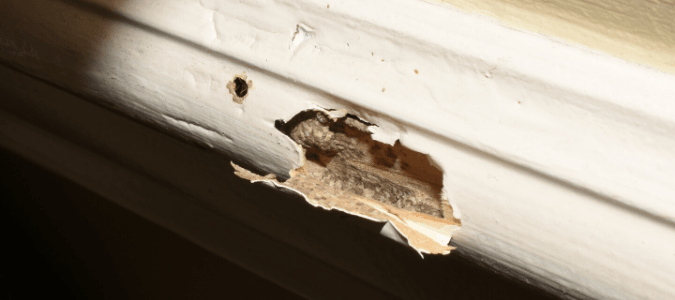
What Are Some Common Signs Of Termite Damage?
How do you know that subterranean termites have invaded your home? You may have subterranean termites if you spot mud tubes, damaged wood, winged termites and peeling paint.
Mud Tubes
Subterranean termites prefer dark, moist spaces. If these insects spend too long in the sun, they dry up and die. To keep out of the open air, these termites chew tunnels through wood and other materials, creating mud tubes along the way. These passageways are usually made out of wood, soil, saliva and excrement. You can often find these tubes along the sides of buildings or in wood that you have stored in or near your house. Mud tubes are easy to spot with the naked eye as they’re about as thick as a pencil and can be quite long.
If you see mud tubes on your property, there is a good chance that a subterranean termite colony is nearby. You can break open the mud tube to see if it’s still being used. If the tube is repaired within a few days, this termite highway is still in use. Because of the damage termites can do, if you even suspect you may have them on your property, your best next move is to schedule a termite inspection with an experienced pest control company.
Wood Damage
Termites are not picky about the wood that they chew through and damage. You might spot termite activity around your:
- Porch
- Wood fence
- Garage
- Window and door trim
- Baseboard
- Hardwood floors
- Basement or crawlspace
Impacted wood may contain holes or evidence of termite carton material. This substance is made up of a mixture of wood, soil, saliva and excrement. Termite carton material is often used to repair breaches or make mud tubes. If you notice that your floors have been raised or split, take a closer look. This is another common sign of wood damage or termites moving into your home.
Swarming Winged Termites
The presence of swarming termites or their remains is also a pretty clear indication that these pests have invaded your property. Swarmers belong to a life stage in which termites are reproducing and creating new colonies, so they are above ground, unlike workers that remain hidden from sight. These termites have wings to allow them to cover longer distances. Therefore, discarded wings around your property or near the walls are a sign that these termites have made their way into your home. When you see these alates or evidence of reproductives, you’ll want to contact a professional to get rid of swarming termites.
Bubbling Or Peeling Paint
Termites don’t snack on paint, but their preferred environment can cause the paint in your home to bubble or peel as termites create a new nest. When termites begin to build a home in your walls, they introduce moisture into the area and even work to alter the temperature. These conditions may cause the surrounding paint to bubble or peel.
Keep in mind that termites don’t limit themselves to one floor or area of the home. Signs of termite damage might show up around your ceiling or in crawl spaces. Damage to the ceiling, load-bearing walls or the foundation of your home can eventually lead to serious structural problems. Because of this, property owners should pay close attention to the signs of termite damage and be proactive by scheduling an annual termite inspection with a qualified professional. In the meantime, you can take steps to make your home less appealing to termites and prevent these pests from destroying the inside and outside of your home.
When homeowners learn more about how big a termite colony can get, they begin to wonder if they can hear termites traveling and working under their floors or in their walls.
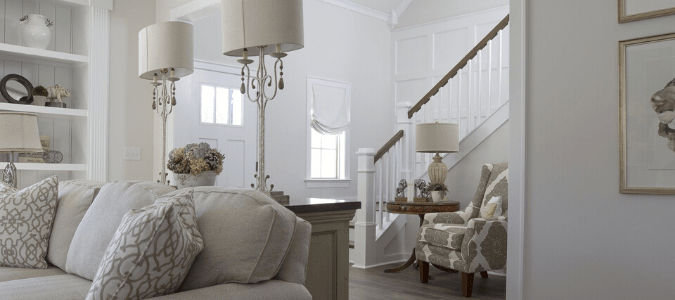
Can You Hear Termites?
It’s not uncommon for people to ask questions about these destructive pests, such as do termites bite? (The short answer to that question is that it’s highly unlikely.) You might alos wonder: if you put your ear against the wall and you have termites, will you hear these creatures? Again, the answer is that it’s not very likely. While you might be able to detect the activity of larger pests, such as squirrels or mice, termites do not usually make their presence known by scurrying through your walls and making noise. Even the sound of hundreds of thousands of termites chewing on wood is easily overpowered by the hum of the dishwasher or casual conversation. Even if you see chewed wood throughout your home but don’t hear any noises, you could have a termite infestation.
That being said, termites do make noise when they feel threatened. When soldier termites feel that they are under attack, they will bang their heads against the wall as a signal to the other termites. Worker termites that hear the banging will gather together and fix any breaches that might have raised the alarm. Even then, it’s unlikely that you will hear or feel this banging unless your house is very still and you’ve got a large population of soldiers in your home.
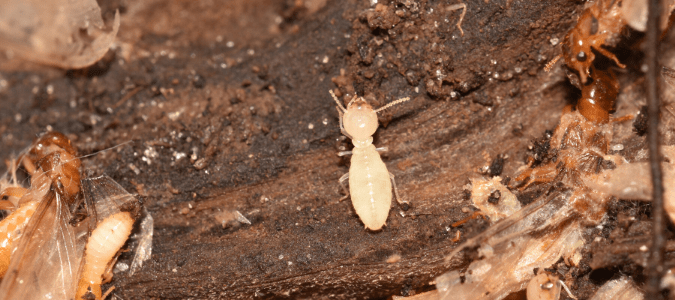
How Big Are Termites?
Although termites don’t grow to be much bigger than half an inch long, their small size doesn’t prevent them from being responsible for irreversible damage to your home and property. Subterranean termite soldiers may grow to be almost a half an inch in length, with big heads and threatening jaws. Not all subterranean termites are soldier termites, however. Termites are separated into different “castes” that correspond to a function in the colony. The role tends to correspond with the insect’s size. Worker termites can be just as big as soldier termites. However, on average, workers grow to be about a quarter of an inch in length with heads and jaws that are not as pronounced as soldiers. Swarmer termites usually grow up to half an inch long as well. As we’ve already mentioned, these reproductives are easy to identify because they have two sets of wings that grow as long as their bodies.
When homeowners first discover a termite problem, they often wonder what attracted these pests to their property in the first place.
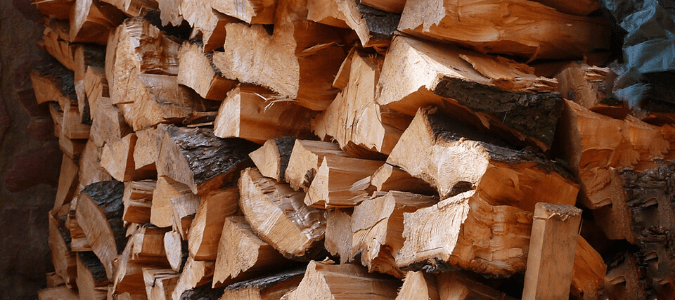
What Attracts Termites?
Subterranean termites are similar to any other type of pests that are looking for a suitable spot to feed and nest. Termites, in particular, tend to be attracted to moist areas, as these environments are optimal for chewing on wood and building nests. Once termites find these conditions, they’re likely to stick around. Luckily, you can make your home less appealing to termites.
Easy Access Points
The right “doorway” is a tempting invitation to a colony of subterranean termites. To avoid an infestation, inspect your home for common points of entry and remove them if necessary. Better yet, schedule an annual termite inspection with an experienced professional. Conditions favorable to termite activity include:
- Stacks of firewood look like buffets to termites. If wood from a recent construction project or tree removal is stacked against your walls, termites have a readily accessible food source. Place woodpiles at least twenty feet away from your home to deter termites and raise stacks at least five feet off of the ground.
- Clogged gutters filled with leaves are moist, close to the home and typically left alone. While termites don’t typically inhabit gutters, some overachievers may find their way into these moist spaces. Regularly unclog your gutters to prevent termites from settling in and spreading out.
- Too much mulch can encourage termites to create a colony. While mulch helps to keep the soil moist and enables plants to thrive, the moisture-retaining qualities of these materials create the ideal environment for termites. Thankfully, you don’t have to completely take mulch out of your garden and let your soil starve to prevent a termite infestation. Simply keep mulch at least fifteen feet away from the foundation of your home.
Excess Wood And Vegetation
It’s natural for pests to flock to food sources. When a property has excess wood lying around, termites are bound to check it out. Dead trees and stumps can feel like a hassle to remove, but this type of maintenance can keep termites away from your home. Even living trees can serve as a gateway for termites to access the wood in your home. Do you have branches that extend close to the roof or the outside of the home? Trim these areas and remove these points of access.
Lack Of Regular Inspections
Even if you take preventative measures, termites could still show up in your walls. Continue to look for signs of termite damage and contact the professionals if you think you have an infestation. The sooner you remove a colony of termites from your home, the less damage you will have to pay for in the future. To be on the safe side, as we have already mentioned, schedule a yearly termite inspection through a professional pest control company.
ABC Can Protect You From Termite Damage
Due to the extensive damage these pests are capable of, if you spot termites in or around your home, get in contact with a professional as quickly as possible. The experts at ABC Home & Commercial Services have been eradicating termite colonies for over 60 years and can create a customized treatment plan for your property. After treatment, we will implement ongoing monitoring so you can have peace of mind knowing your biggest investment is protected.
